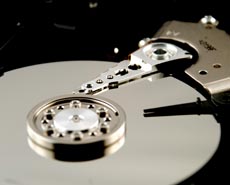Solid State Drives
Standing up to magnetic storage?
Is the era of magnetic storage is coming to an end? Those of a certain age will remember a time when cassette tapes were used to store data – please do not raise your hands, we see the gray hair and we know who you are. Those of a slightly less certain age will remember […]
